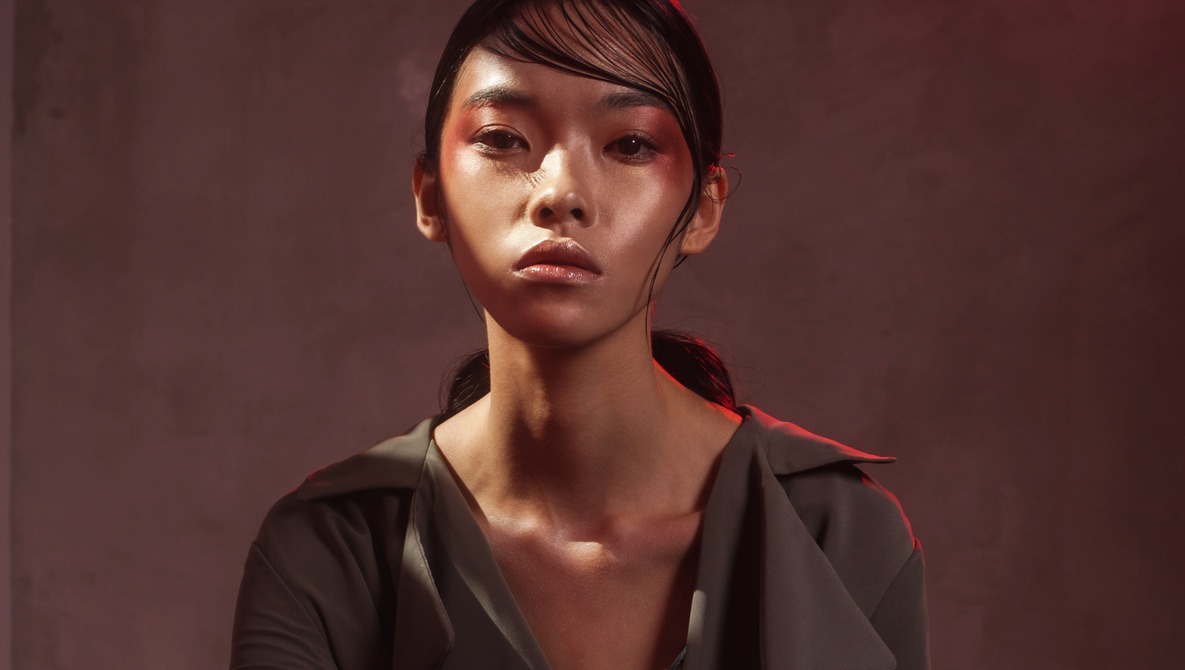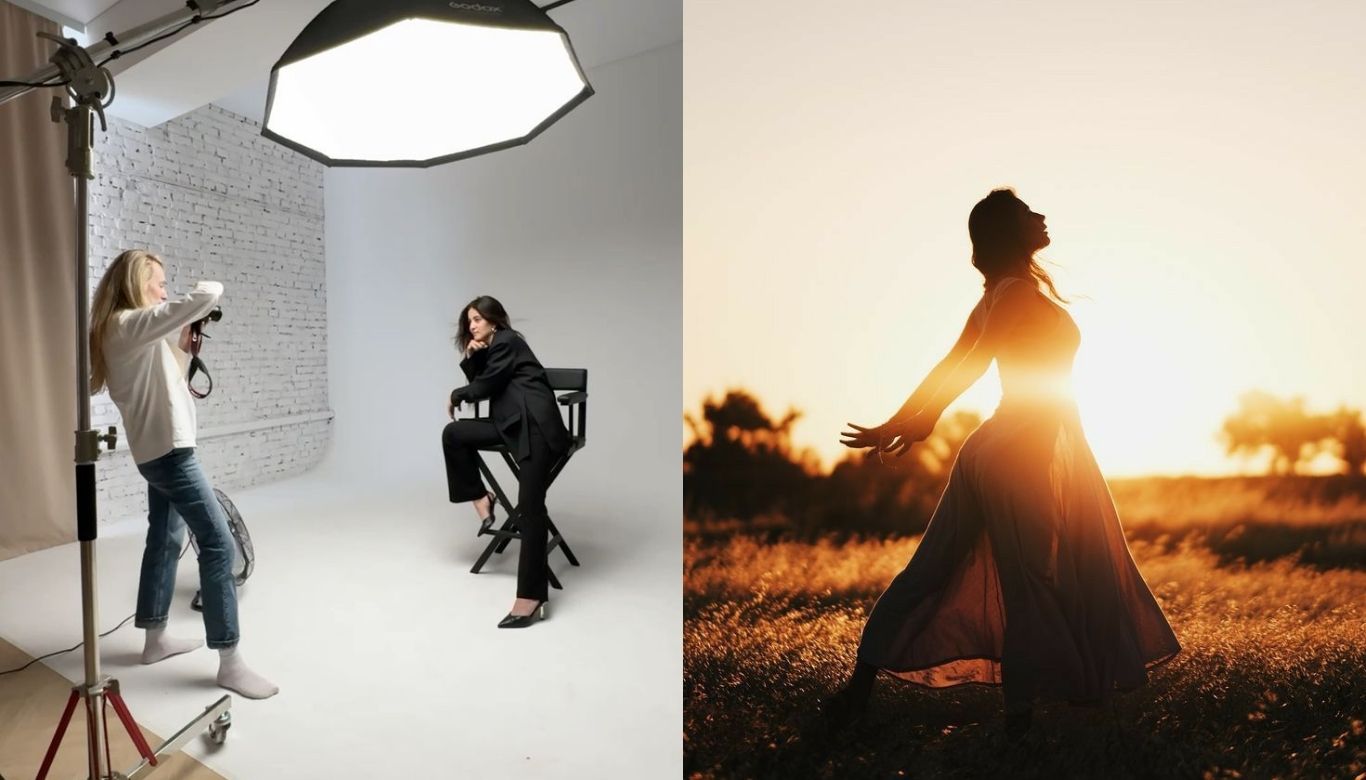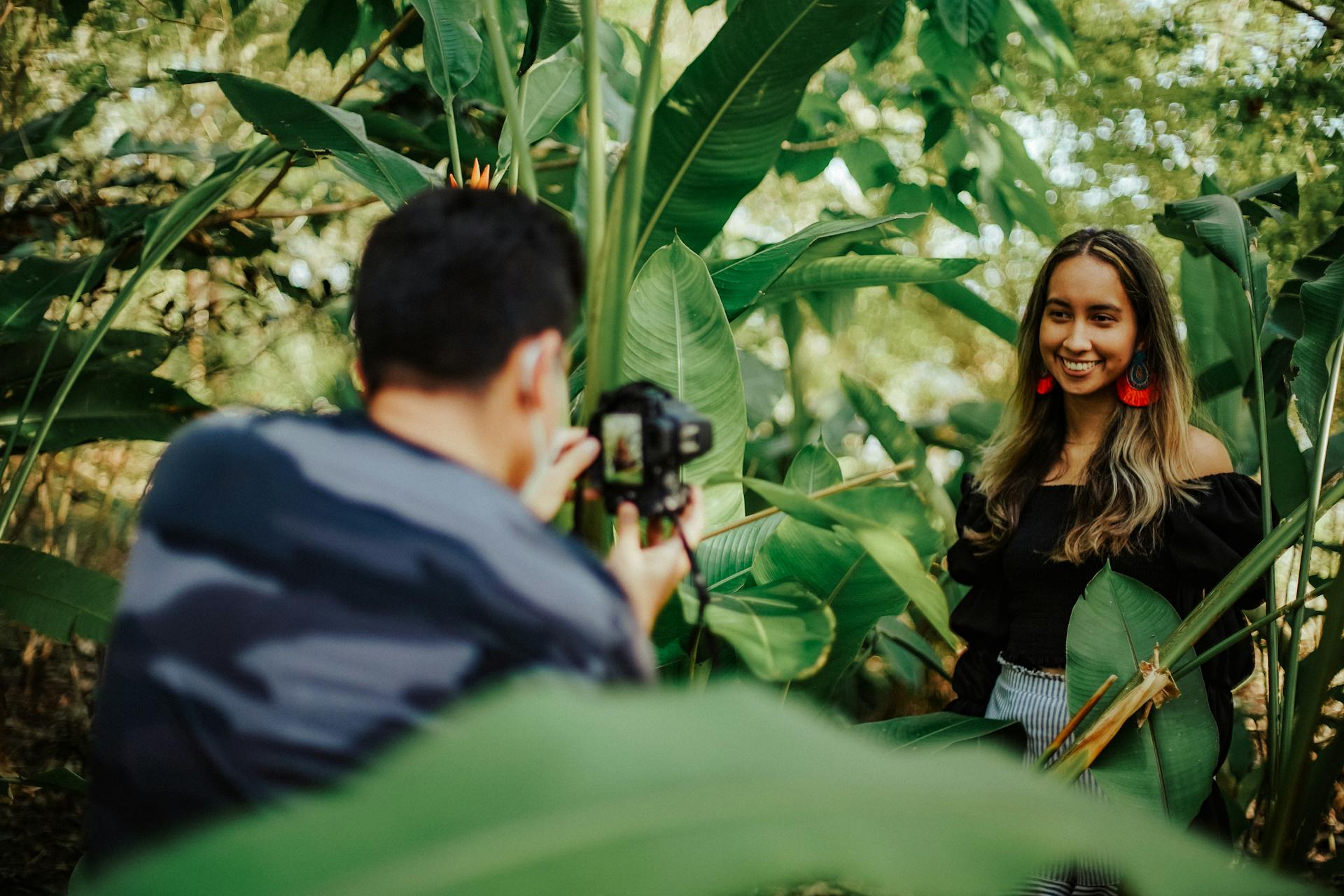Understanding the Nature of Light
The essence of photography is light- it defines the mood, depth and detail in any picture. It is necessary to learn about the quality and the direction of light before mastering equipment. There are characteristics of natural and artificial light. Natural light (provided by the sun) varies during the day, tone, and contrast whereas artificial light is predictable and can be set up. The only way to master lighting is to learn to read, change and adjust these sources to suit the desired visual effect.
Mastering Natural Light
Natural light is very flexible when utilized innovatively. The early mornings and late afternoons offer the so-called golden hour light, warm, soft, light, which is able to flatter the color of the skin and give depth to the landscape. Even cloudy days which are usually considered gloomy are excellent in providing even shadowless portraits due to the natural dispersion of clouds. It is also important to position the light: brightness and clarity are achieved with front lighting, depth and texture are introduced with side lighting, dramatic silhouettes or halos of light are produced with backlighting. You can use reflectors or white surfaces and bounce the light back off of your subject to fill-in the shadows and make the details in the light much more detailed, without losing the softness of the light.
Harnessing Artificial Light

The use of artificial lighting opens the possibilities of unlimited control of direction, intensity, and the temperature of colors. Photographers can use studio lights, flashes and continuous lights and ring lights to direct the light into a specific shape. The standard lighting pattern used in the professional setting is the three-point lighting: key light plus fill light and backlight. The most important light is the subject, the fill light is used to make shadows softer, and the backlight puts the distance between the subject and the background and gives the picture depth. It is important to know the light modifiers such as softboxes, umbrellas, or diffusers; to soften the harsh light, and gels can alter the colour and tone to produce cinematic or stylistic effects.
Balancing Both Worlds
The use of natural and artificial light may create impressive effects. When taking photographs in an indoor setting that has windows, the use of soft fill light through artificial lighting is advised to complement daylight in order to have balanced exposure. Combining these two sources needs to be aware of color temperature, daylight is cool (c. 5500K), whereas normal artificial light is warmer (c. 3200K). White balance controls or gels are useful in cancelling color changes. The imaginative utilization of natural and artificial sources make it possible to control and spontaneity which are needed in dynamic photography in dynamic environments.
Common Lighting Techniques to Explore

Various lighting styles produce different moods and styles. Diffusion produces soft light which is ideal in portraits and hard light to improve textures in fashion or product photographs. Such techniques as Rembrandt or loop lighting sculpt faces using controlled shadows in portraits, whereas rim lighting uses outlines to emphasize dramatic distinction between the face and the background. Knowing the time to apply each technique will make sure that the lighting is just as your artistic vision.
Bringing It All Together
The art of lighting is a matter of trial and error. Notice the behavior of the light in relation to the subjects at various hours of the day; train in dissimilar distances, angles and intensity. In the field of lighting whether shooting in the open air or in the studio with the LED panels, it is all a question of control and creativity in balancing the technical aspects with the intuitive ones. As soon as you master the ability to control both natural and artificial light, without any trouble, your photos will acquire a professional depth, clarity, and feeling that bring any photo to perfection.


